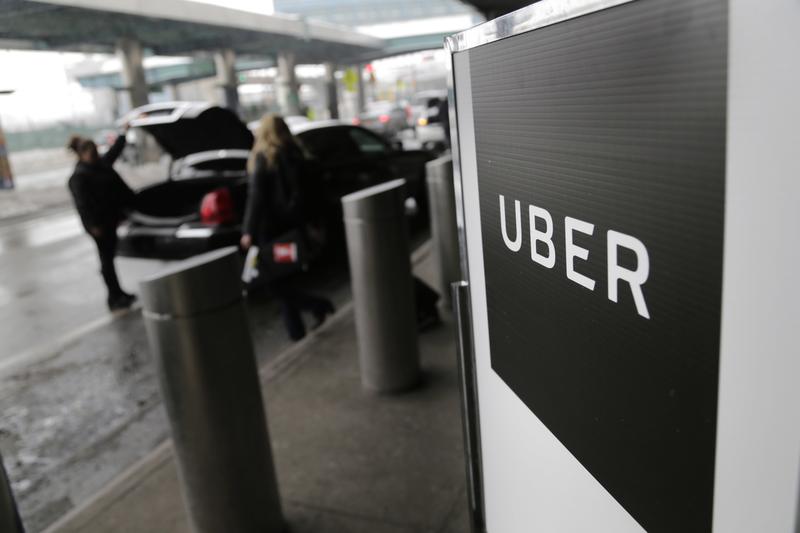
A new study suggests that many drivers working for ride-hail services like Lyft and Uber are struggling to make ends meet: 40 percent qualify for Medicare; 18 percent could claim food stamps; while the average driver makes just $15.88 an hour after expenses.
The study, by James Parrott of the New School and Michael Reich of the University of California, Berkeley, was requested by the Taxi and Limousine Commission. The commission says it will use the research to pursue a new goal: making sure all e-hail drivers make a minimum wage. The number the TLC has in mind is $17.22 an hour—the equivalent of 2019 minimum wage plus expenses and paid time off. Currently, 85 percent of drivers earn less than that, according to Parrott and Reich.
Since drivers for app services are independent contractors, ensuring a minimum wage is tricky. The report's authors suggest that the app companies lower their commissions while raising fares. Or the companies could take steps to raise the "utilization rate"—meaning that there would be fewer empty vehicles on the road, looking for fares. Doing so would increase wait times for customers, but give each driver more passengers.
“The companies keep adding drivers to their system," Reich said in a call with reporters. "They want to have lots of drivers available everywhere so they can keep response times low for their passengers.”
In a statement, Uber said it shares the goal of giving drivers a living wage. But some of the TLC's proposals for raising pay could backfire, hurting both drivers and passengers.
Uber has grown stunningly fast since it debuted in New York in 2010. If Uber were to formally hire its 55,000 independent contractors, it would be the city’s largest private employer.
